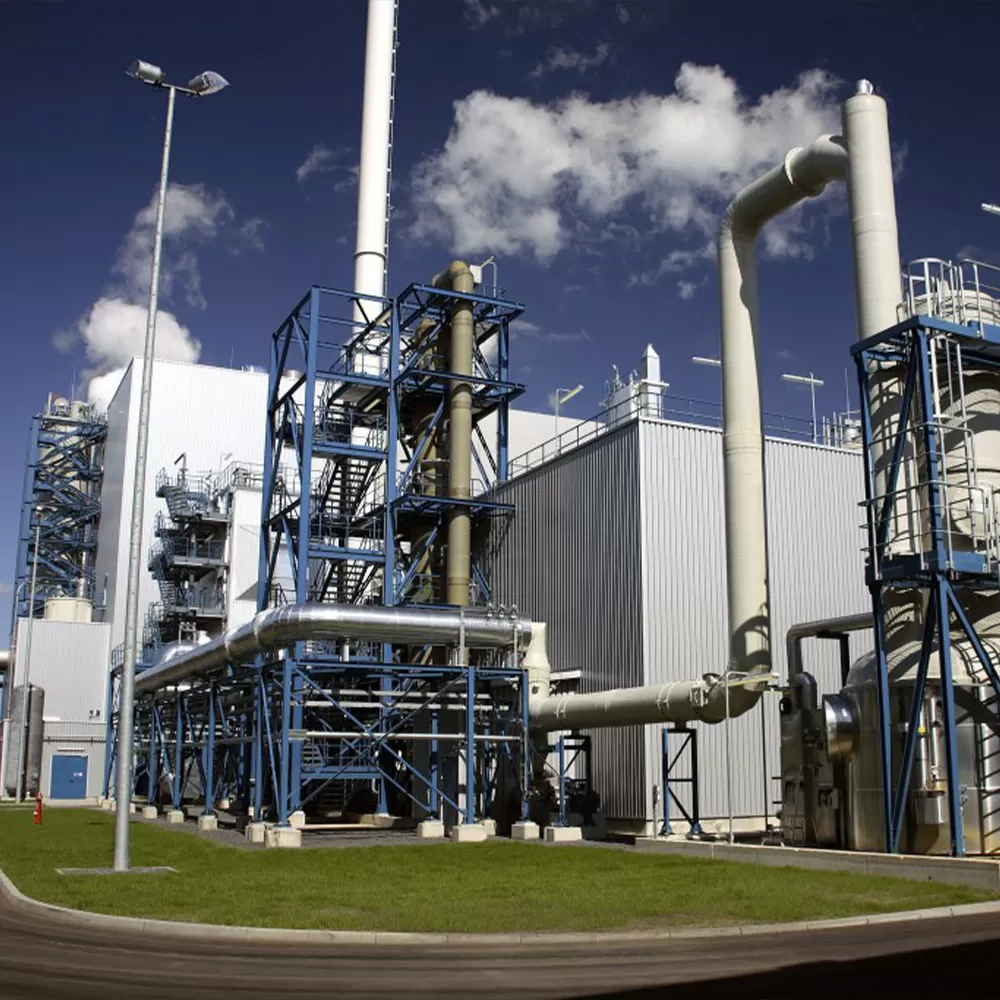Hydrogen is widely applied in various chemical and physical processes.
Proton OnSite is dedicated to serve different applications with our reliable gas generators.
Chemical VapourDeposition (CVD)*
Chemical process used to produce high quality, high-performance, solid materials. The process is often used in the semiconductor industry to produce thin films. In typical CVD, the wafer (substrate) is exposed to one or more volatile precursors, which react and/or decompose on the substrate surface to produce the desired deposit. Frequently, volatile byproducts are also produced, which are removed by gas flow through the reaction chamber.
Applications: Microfabrication processes widely use CVD to deposit materials in various forms, including: monocrystalline, polycrystalline, amorphous, and epitaxial. These materials include: silicon (SiO2, germanium, carbide, nitride, oxynitride), carbon (fiber, nanofibers, nanotubes, diamond and graphene), LED’s (Light Emitting Diodes) fluorocarbons, filaments, tungsten, titanium nitride and various high-k dielectrics.
H2 use:Carrier gas to buildup the different crystal layers.
Extreme Ultraviolet (EUV)
Chip makers need to pack transistors more tightly with every new generation of chips, shrinking the size of transistors. Lithography machines must therefore print finer features. Since lithography is an optical technology, one of the things that limits the resolution of the equipment is the wavelength of the light that is used. Shortening the wavelength of the light means higher resolution and smaller features (going from 365 nanometers to 13.5 nm with EUV).
Applications: Chips manufacturing.
H2 use:maintain a reducing atmosphere in the source to mitigate contamination effect on mirrors.
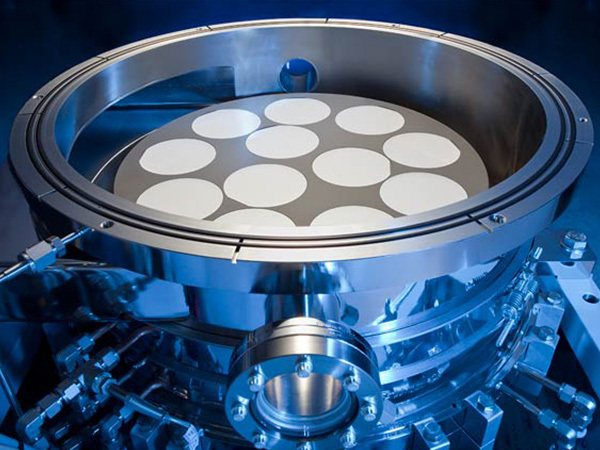

Float Glass Furnace
Inerting the tin bath during float glass manufacturing with nitrogen/hydrogen blends can help prevent the formation of glass defects and protect the chambers/equipment in which the glass is formed.
H2 use: protective atmosphere in the furnace.
Flame Polishing
In order to give the glass articles a faultless appearance after the forming, their surface is treated with an oxyhydrogen flame.
H2 use: special flame property for polishing
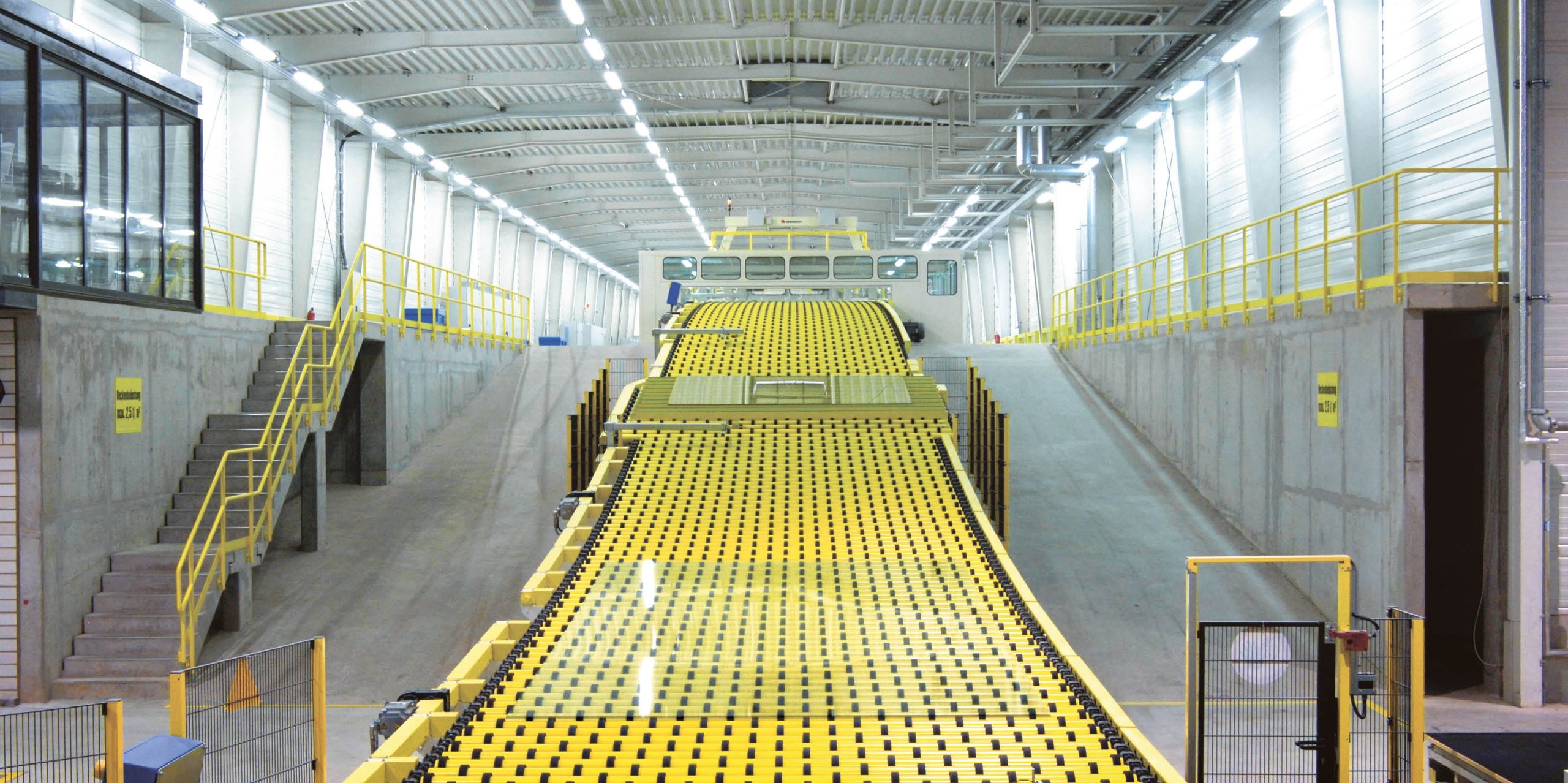

Annealing –Heat Treating
Carbon Steel, Stainless Steel Alloys, Magnetic Steel Alloys components are following that process to relieve stress, alter microstructure and/or improve surface appearance. Pure H2 or a mixture of N2/H2 create a non-oxidizing or reducing atmosphere in the furnace. Pure H2 offers superior thermal or heat transfer properties improving productivity by shortening heating and cooling time and will be used for batch applications. Blend of N2/H2 will be for continuous furnaces.
Applications: Coils, Steel Wires, Strips,…
H2 use: protective atmosphere in the furnace.
Thermal Spraying
Thermal spraying techniques are coating processes in which melted (or heated) materials are sprayed onto a surface. The “feedstock” (coating precursor) is heated by electrical (plasma or arc) or chemical means (combustion flame).
H2 use: generates high heat, low oxidation and high particle velocity.
Brazing
Used to join ceramic, steel or oxygen-free copper with an alloy (usually copper, nickel and precious metal). It uses the reducing properties of H2 to improve the flow characteristics of the braze alloy. The H2 atmosphere will reduce surface oxidation on the parent material, enabling the braze alloy to flow more effectively to create a high integrity braze joint.
H2 use: cleaning agent to remove oxides and leave material very bright and shiny
Sintering
Thermal process by which adjacent metal particles are chemically bonded to enhance the final properties of the powder metal compact (MIM: metal injection molding). Small metal parts like automotive parts for example use this process. During the sintering stage, which is a very critical step, H2/N2 is used to sweep lubricants that were used to help in the ejection of the compacts from the molding press.
It also creates a protecting atmosphere in the furnace to protect sintered parts from oxidation and decarburization. The finished parts will then look brighter and cleaner. Oxidation is thus virtually eliminated and the size and hardness of the components can be reproducible time after time thanks to a constant flow of N2/H2.
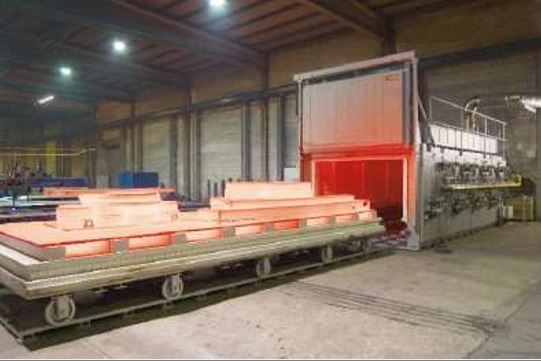
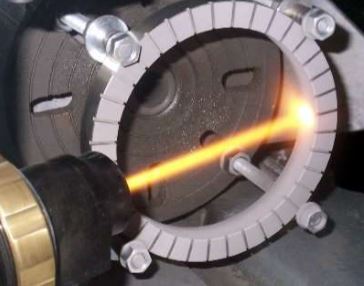


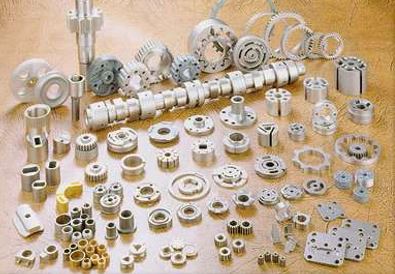
Leak testing is an essential part of quality assurance testing for a wide range of industries. It will ensure that the product meets a carefully establishedspecificationformaximum allowable leakage.
Leak testing can ensure that flammable, toxic or corrosive substances remain within an object, or that outside elements, such as water, can’t get inside the product. It also ensures that a liquid or gas that is essential to the function of a system, such as brakes, air conditioners or hydraulic valves, is containedwithin thatsystem.
Looking back to the 1980s, water-bath methods (Hydrostatic Test) was used to identify leaks from bubbles generated in thebath.Today, mostof leaktestingis performedin either:
• Avacuum (forbigparts,but very expensive equipmentandprocess) • An accumulation chamber using helium as tracer gas. The helium is selected because it penetrates small leaks readily, is inert and will not react with the test piece and also has a natural low quantity in air making detection less complicated.Drawback is thehigh costof Helium.
• An accumulation chamber using hydrogen as tracer gas.. The object is filled with a mixture of 5% hydrogen/ 95% nitrogen (below 5.7% hydrogen is non-flammable (ISO-10156). This is called typically a sniffing test. Hydrogen is cheaperthanhelium, noneedforavacuum, the instrumentcouldbe cheaperbut is not as sensitive as a helium.
Applications: Automotive, Refirgeration, Air-Conditioning (radiators, engine oil coolers, EGR coolers and HVAC componentssuchas evaporatorsandcondensers).
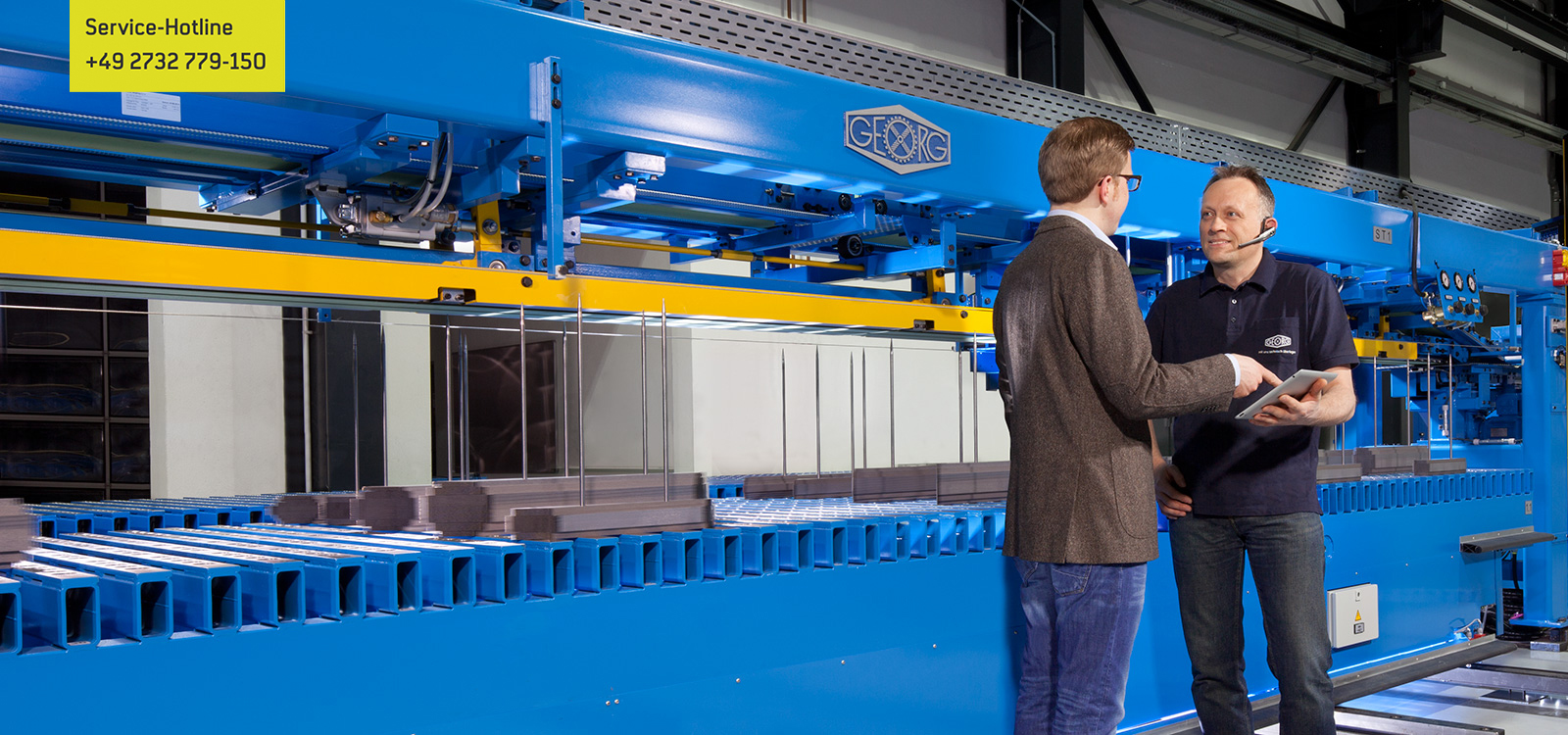
Chemical process in which H2 gas is bubbled through a liquid oil in the presence of a catalyst (platinum or nickel), forcing unsaturated fatty acids to accept additional hydrogen atoms and become partially (creating trans fat) or fully saturated.
Edible Oils
Hydrogenated oils are used to replace other hard fats (butter, lard or coconut oil) in processed foods. In addition to improving shelf life, they also mimic the taste and mouth feel of the other hard fats. Fractioning as slowly replaced hydrogenation for some oils (palm oil) but cannot be applied to all oils.
Applications: Partially Hydrog.: Margarine, Biscuits, Cookies, Pastries, Icing, Fried food Fully Hydrog.: Ice cream coating, Coffee Creamer, Whipped Topping, Candy
H2 use: harden oil (solid or semi-solid).
Petrochemical
The hydrogenation process is used to create more stable hydrocarbon fuels. Many of the compounds found in crude oil are of little use since they contain multiple double bonds; they must be first converted to saturated compounds before used as commodities such as gasoline.
In petrochemical processes, hydrogenation is used to convert alkenes and aromatics into saturated alkanes (paraffins) and cycloalkanes (naphthenes), which are less toxic and less reactive. For example, mineral turpentine is usually hydrogenated. Hydrocracking of heavy residues into diesel is another application.
Pharmaceutical
Used for Vitamins and Fine Chemicals
Cosmetics (Oleochemistry)
Hydrogenated Vegetable Oil are used in the formulation of bath products, cleansing products, eye makeup, fragrances, foot powders, facial makeup, personal cleanliness products, suntan products, and other skin products. Hydrogenation allows an oily liquid to remain in a solid state at room temperature.
Hydrogenated Vegetable Oil slows the loss of water from the skin by forming a barrier on the skin’s surface. It can also be used to increase the thickness of the lipid (oil) portion of cosmetics and personal care products

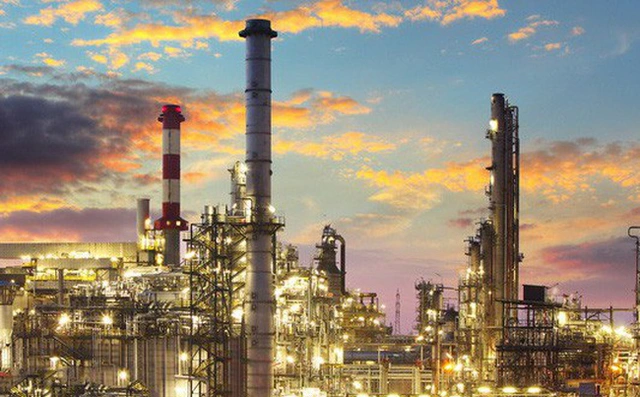
Power Plants
Thanks to its low density (1/14 of air) and higher heat transfer potential (7 x air), hydrogen is often used to cool down the electrical generator in power plants.
Thanks to this, windage losses and frictions are reduced, increasing the efficiency of the power plant. Electrical, mechanical and corrosion problems are also prevented due to the fact that hydrogen creates a controlled atmosphere, preventing the presence of air and oxygen.
The construction of the electrical generator is also more economical because less components and copper can be used to reach higher efficiencies.
